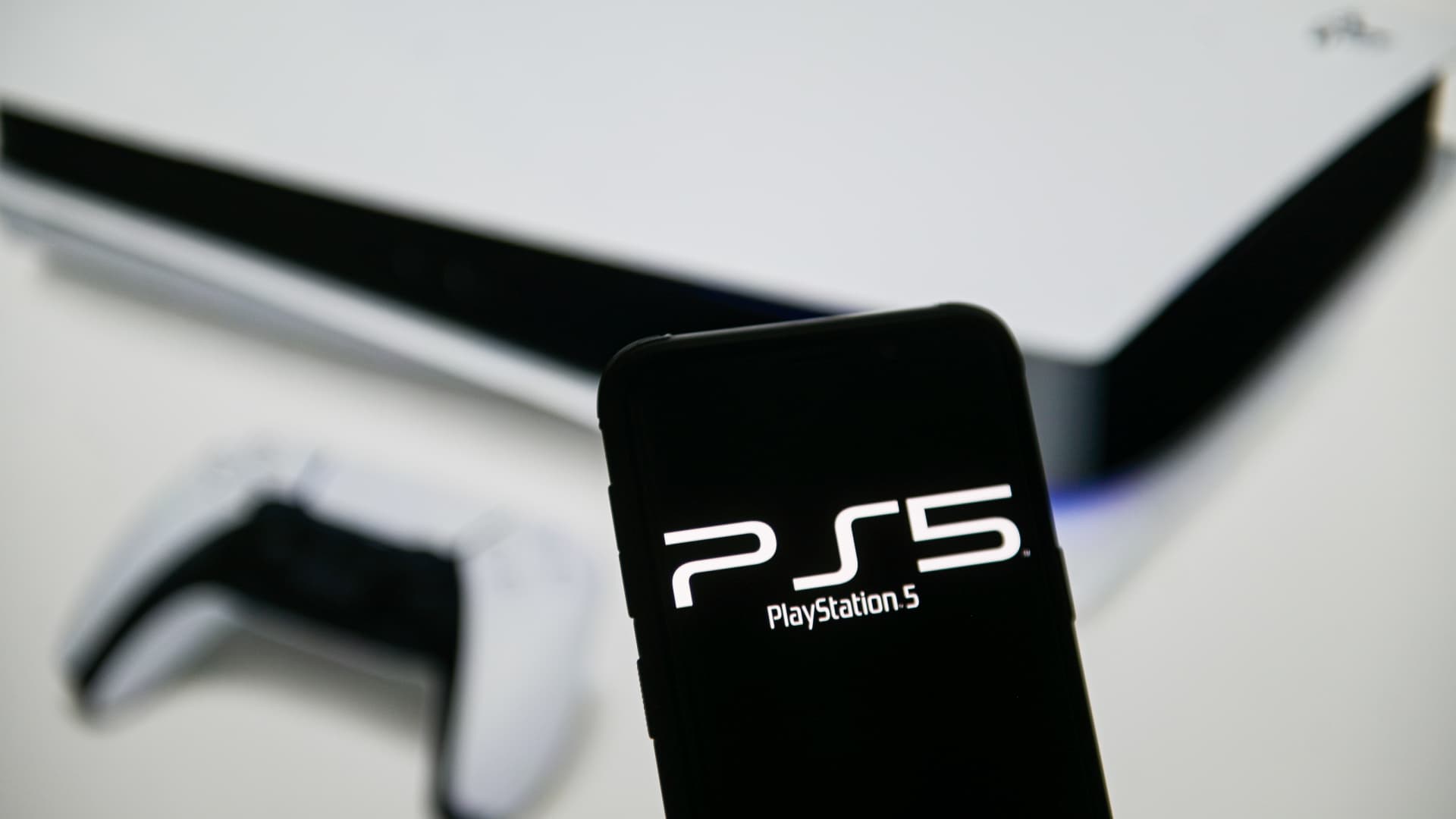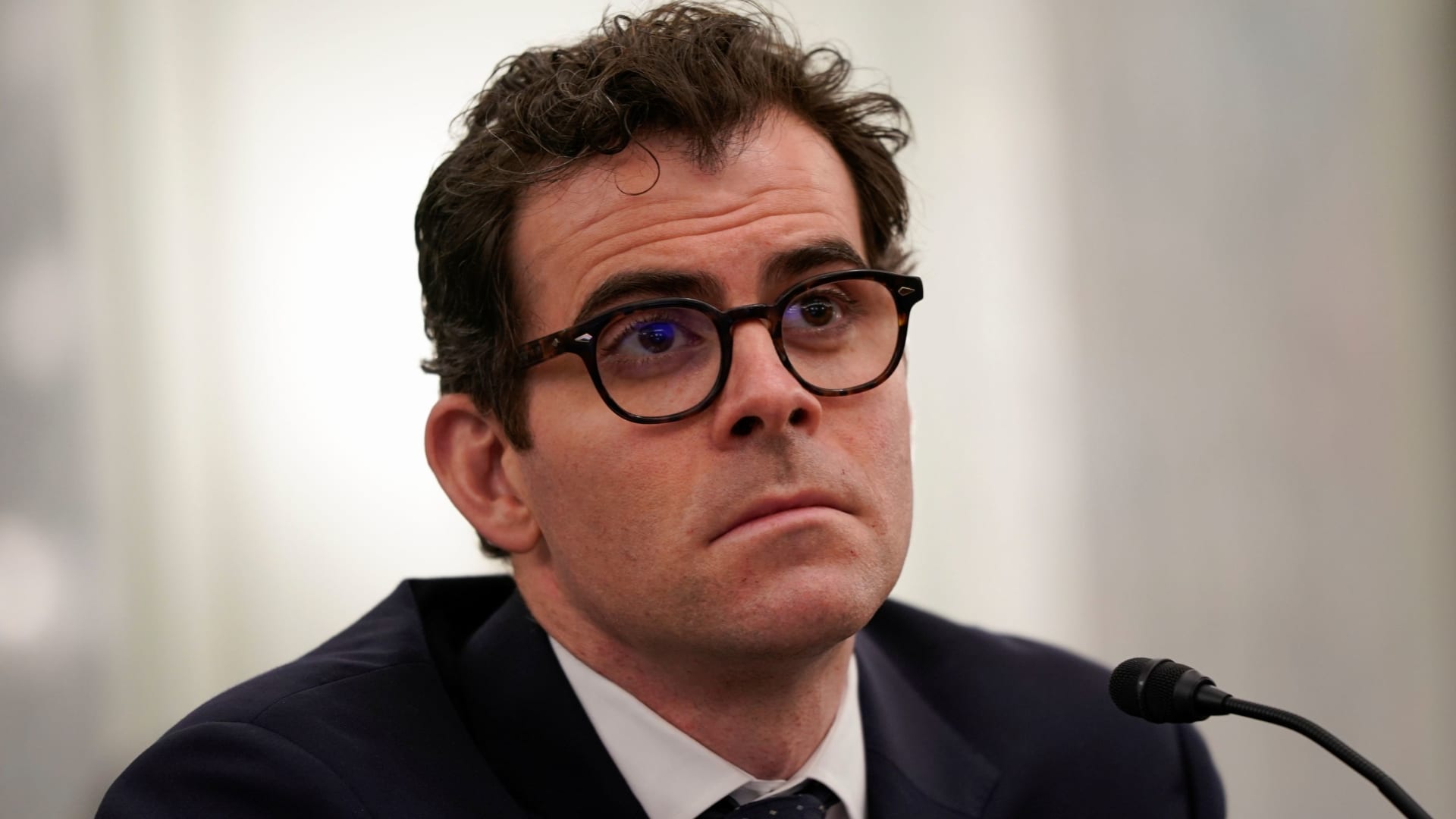Technology
Friday, September 6th, 2024 3:34 pm EDT
Key Points
- OpenAI partnered with Strada Gallery in New York City, offering artists access to unreleased AI tools like Sora, Voice Engine, DALL-E 3, and ChatGPT for a three-week exhibit showcasing the intersection of digital and physical artwork.
- The use of AI in art, while creatively expansive, has sparked controversies and legal challenges regarding copyright infringement and training data, with recent lawsuits targeting AI companies like OpenAI and Stability AI.
- Many artists in the exhibit, especially from marginalized communities, view AI as a tool for creative empowerment, allowing them to enhance their work and ensure representation in an evolving technological landscape.
OpenAI has announced a groundbreaking collaboration with New York City’s Strada Gallery, giving artists access to advanced, unreleased AI tools. The three-week exhibit, titled “Strada Nuova: New Road,” is curated to showcase diverse artists who work at the intersection of physical and digital mediums. Strada’s founder, Paul Hill, initiated the collaboration with OpenAI about six months ago, leading to this unique exhibition where artists have access to OpenAI’s tools like the Sora video generator, Voice Engine, DALL-E 3, and ChatGPT. The project also offers educational resources and stipends to participating artists, further enriching their creative process.
Minne Atairu, a featured artist, has been working with AI in her interdisciplinary art for years. For the Strada exhibit, she used the Sora video generator to create a piece inspired by 1990s Nigerian supernatural horror films, bringing a digital dimension to her exploration of Black historical archives. This collaboration shines a spotlight on the evolving role of AI in art and the debates it has sparked regarding copyright and the use of AI tools. Recent lawsuits against companies like OpenAI and Stability AI have raised concerns about copyright infringement, with prominent authors and artists questioning the training data used by AI systems.
Hill addressed the controversies, asserting that significant art is often controversial and AI’s impact is akin to an industrial revolution. He emphasized that marginalized communities, historically the last to access new technology, should be pioneers in this AI-driven revolution. Six of the artists featured in the Strada exhibit are Black, and one hails from Kyoto, Japan. Hill’s vision ensures that these communities are not left behind, as they have been in previous technological shifts.
Curry Hackett, another artist in the exhibit, used AI to animate his existing public art project, “Ugly Beauties,” which speculates on Black relationships with nature. He believes AI opens new pathways for creating media, particularly for underrepresented groups like Black artists. Hackett acknowledged the ethical and environmental concerns surrounding AI, advocating for the development of norms and best practices to ensure that people feel comfortable using these technologies in creative ways.
Photographer Sophia Wilson shared her perspective on AI as a tool that enhances her work rather than something to fear. For her contribution to the exhibit, she used Sora to animate still images of Black women bodybuilders and incorporated OpenAI’s Voice Engine to narrate transcribed interviews with her subjects. Wilson emphasized how AI can level the playing field, especially for Black women who are often judged by their voices. Using AI-generated voices, Wilson sought to create a uniform, unbiased experience in her storytelling.
The collaboration between OpenAI and Strada Gallery highlights the growing integration of AI in the art world while addressing the challenges and ethical dilemmas that come with it. This exhibit serves as a powerful example of how AI can be leveraged to amplify marginalized voices and push the boundaries of creative expression.
For the full original article on CNBC, please click here: https://www.cnbc.com/2024/09/06/openai-gives-artists-access-to-sora-for-new-york-gallery-exhibit.html




